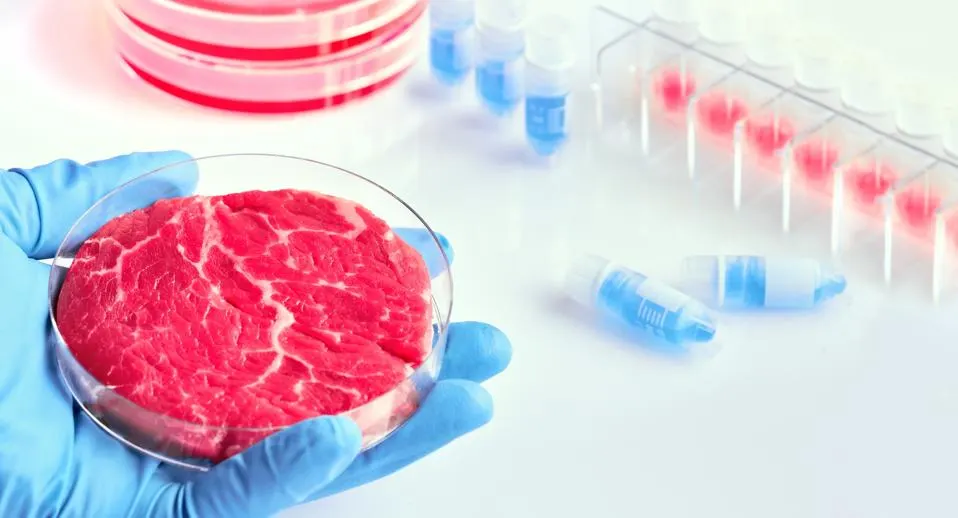U.S. regulators authorize the sale of laboratory-grown chicken, raising questions about consumer acceptance and the true implications of this novel food technology.
U.S. regulators have given the nod to California-based Upside Foods and Good Meat, enabling these firms to market “cell-cultivated” chicken products, a term now coined for meat developed from animal cells. While it’s a technological marvel and potentially a more ethical approach to meat production, questions loom about consumer readiness and the long-term impacts of this seismic shift.
The U.S. Department of Agriculture (USDA) approval marks a significant milestone in the food industry. Still, Upside Foods COO Amy Chen’s celebratory announcement that “this is the moment that food and meat changed for the better,” may not resonate with all consumers, at least not yet.
The ruling allows these two California companies to make their previously labeled “lab-grown” meat available to restaurants and potentially to grocery stores in the future. However, as we venture into uncharted territory, skeptics may wonder if we’re trading traditional farming methods for an uncertain, perhaps unsettling future.
Echoing the promise of this novel technology, Josh Tetrick, co-founder and chief executive of Eat Just, which operates Good Meat, stated, “Instead of all of that land and all of that water that’s used to feed all of these animals that are slaughtered, we can do it in a different way.” Yet, despite the clear environmental benefits, it’s uncertain how this drastic change will affect the broader ecosystem, including those in the farming industry.
The call for lower meat consumption in the 2019 United Nations Climate Change Report and a 2021 Nature study highlighting the environmental toll of meat production may strengthen the case for cell-cultivated meat. However, is replacing traditional meat with its lab-grown counterpart the only answer to the environmental challenges, or could it introduce a whole new set of problems we are not yet prepared to tackle?
According to Chen, this lab-produced meat is “the same meat you’ve always loved, just made in a more safe and humane way.” However, the claim might raise eyebrows among skeptics who question whether this new-age production method can indeed mimic the taste, texture, and nutritional profile of the meat we’ve been consuming for centuries.
Upside Foods explains on its website that the process of making “cell-cultivated” chicken involves placing chosen animal cells into a cultivator and nourishing them with a blend of nutrients for two to three weeks until harvest. While the science may sound straightforward, understanding the long-term effects of this new method on public health and safety could take years or even decades.
Representatives from Upside Foods and Good Meat insist that their products are genuine meat, not substitutes made from plant proteins and other ingredients. But can consumers trust this assertion, or will they hesitate to embrace this significant departure from traditional meat production methods?
Despite the challenges, these firms are gearing up to serve their cell-cultivated chicken in upscale restaurants. Upside Foods has even formed a partnership with San Francisco’s Bar Crenn. But as Chen states, “The future is here! And it tastes delicious!”, we can’t help but wonder if consumers are ready for this future. Only time will tell whether cell-cultivated meat will be an accepted norm or remain a fringe product in the eyes of wary consumers.


